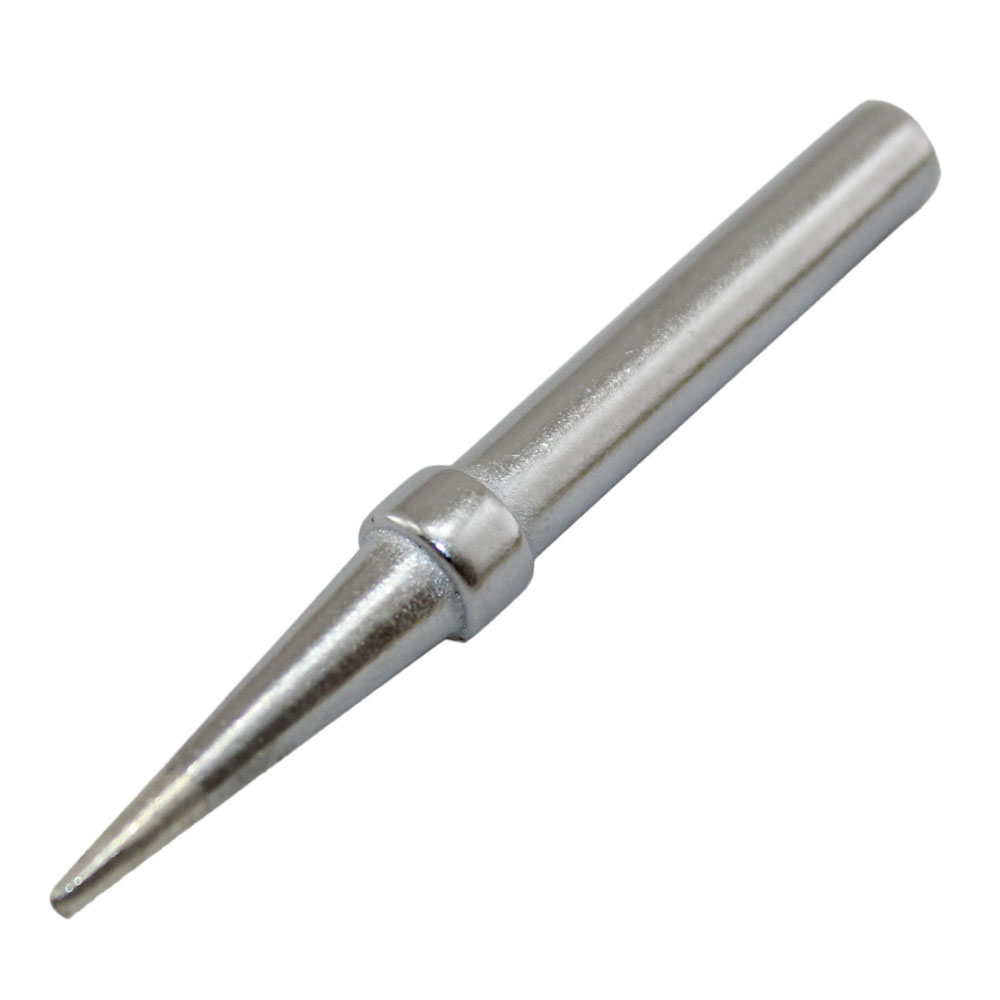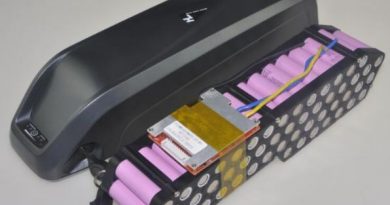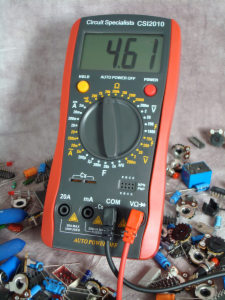Replacing Your Soldering Iron Tip
You’ll need different sizes and styles of soldering tips depending on the application. For example, you’ll use a small soldering tip with your soldering iron for small circuit applications. There are special soldering iron tips designed to work with multiple pins that are especially helpful when working with integrated circuit chips. You’ll use a large tip when soldering large cables.
There are a number of options with regard to soldering iron tip design and size, depending on the manufacturer. Unless designed by the same manufacturer, soldering iron tips aren’t typically interchangeable. However the procedure of removing and swapping the iron’s tip is generally the same. Let’s take a look at replacing your soldering iron tip in greater detail.

Make sure your soldering iron is unplugged and let it cool down all the way. There is a locking nut that holds the tip and tip-retaining sleeve in place — locate and unscrew this nut. You can do this by hand if you use different-sized tips often. If the locking nut is stuck you can use a small set of pliers to loosen the locking nut.
Next you’ll slide the nut and the nut-retaining sleeve off the soldering iron heating element and then extract the tip from the sleeve. Take your replacement soldering iron tip and fit it into the sleeve and slide it back on the heating element, as it was before. Lastly you’ll slide the retaining nut over the tip and tip-retaining sleeve and tighten by hand.
Avoid over-tightening the locking nut: your soldering iron expands and contracts when it heats and cools and an excessively tight locking nut can bind and make subsequent soldering iron tip changes very difficult.
You’ll want to keep your new soldering iron tip in good working condition. Be sure to use a good quality solder so that no impurities can accumulate on the tip, which will limit heat transfer and make soldering difficult. You should also keep the tip of the soldering clean while you’re working by wiping it on a damp sponge on occasion (you can also get metal mesh pads that serve the same purpose). Flux is corrosive—don’t dip your tip in flux to clean it.


